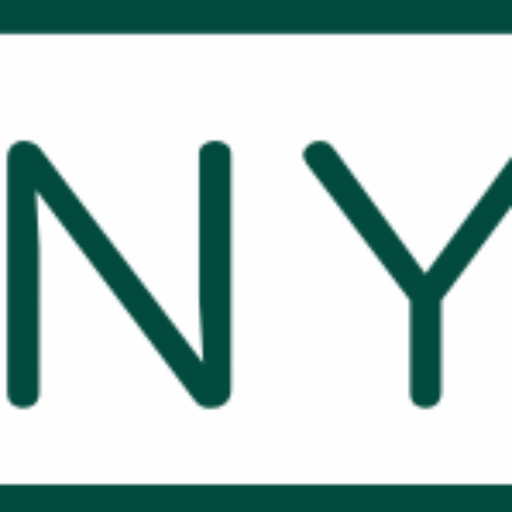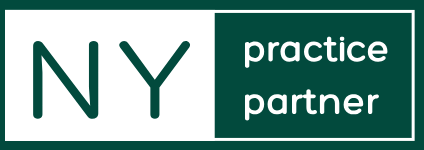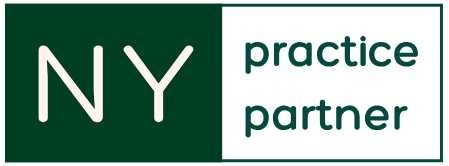Credentialing is a cornerstone of modern healthcare, ensuring that medical professionals meet rigorous standards for patient safety and care quality. But when it comes to medical assistants, the question often arises: What regulation makes credentialing mandatory?
This article unpacks the legal and regulatory landscape surrounding medical assistant credentialing. You’ll discover why credentialing matters, how specific regulations impact the process, and actionable steps to ensure compliance. Whether you’re a medical assistant, healthcare administrator, or practice manager, this guide will provide the clarity you need to navigate credentialing confidently.
Why Credentialing Matters in Healthcare
Credentialing verifies that medical assistants have the education, training, and skills to perform their roles safely and effectively. In healthcare, accuracy and trust are critical, and credentialing ensures that professionals meet these standards. Without it, healthcare organizations risk:
- Non-compliance with legal requirements
- Decreased patient trust and safety
- Financial penalties or legal challenges
For medical assistants, credentialing opens doors to career growth, higher responsibilities, and improved patient interactions.
Key Regulations Governing Medical Assistant Credentialing

While no single federal law explicitly mandates credentialing for medical assistants, a combination of state laws, accreditation requirements, and employer policies makes credentialing a near-universal necessity. Here are the primary influences:
1. State-Specific Certification Requirements
Some states require medical assistants to obtain certifications, especially for advanced tasks like administering injections or drawing blood. For example:
- California: Medical assistants must complete a training program approved by the Medical Board of California to perform certain procedures.
- New Jersey: Certification is required for medical assistants performing invasive tasks.
2. Accreditation Standards
Healthcare facilities seeking accreditation from organizations like the Joint Commission or CMS (Centers for Medicare & Medicaid Services) must ensure all staff, including medical assistants, are credentialed. These standards promote quality and consistency in patient care.
3. Employer Policies
Many healthcare employers mandate credentialing as part of their internal compliance policies. This reduces liability risks and ensures staff competence.
4. Professional Association Guidelines
Organizations like the American Association of Medical Assistants (AAMA) strongly advocate for certification, setting an industry standard for excellence.
How Credentialing Benefits Medical Assistants and Employers
Credentialing is more than just a regulatory requirement; it’s a win-win for both medical assistants and healthcare organizations. Here’s why:
- For Medical Assistants: Credentialing validates your skills and opens up opportunities for advanced roles, higher salaries, and professional growth.
- For Employers: Credentialed staff enhance patient trust, improve compliance, and reduce risks of legal or operational errors.
Overcoming Challenges in Credentialing
Credentialing can be a complex process, involving multiple steps like verifying education, certifications, and work history. Common challenges include:
- Lengthy Verification Times: Missing documents or outdated records can slow down the process.
- State-Specific Requirements: Navigating differing state regulations can be overwhelming.
- High Costs: Some certifications or training programs can be expensive.
Solutions to Simplify Credentialing
- Partnering with a Medical Credentialing Services provider can streamline the entire process, ensuring timely and accurate completion.
- Maintaining up-to-date records of certifications and training reduces delays.
- Using technology, like credentialing software, to automate tracking and submission.
Step-by-Step Guide to Credentialing for Medical Assistants
To ensure compliance and efficiency, follow these steps:
- Research State and Employer Requirements: Know what certifications or training are necessary in your region.
- Complete Accredited Training Programs: Enroll in programs recognized by organizations like the AAMA or state medical boards.
- Obtain Certification: Pass exams like the Certified Medical Assistant (CMA) or Registered Medical Assistant (RMA).
- Maintain Records: Keep digital copies of all credentials, including continuing education certificates.
- Renew Certifications: Most credentials require periodic renewal, often involving continuing education.
Real-World Example: The Impact of Credentialing on Patient Safety
A mid-sized clinic in New York recently implemented a strict credentialing policy for all medical assistants. Within six months, they reported:
- A 30% reduction in procedural errors due to increased staff competency.
- Improved patient satisfaction scores, as patients trusted the clinic’s commitment to quality care.
- Successful compliance with Joint Commission standards, securing accreditation and avoiding fines.
This example highlights how credentialing directly impacts patient outcomes and organizational success.
Conclusion
While regulations for credentialing medical assistants vary by state and organization, its importance in healthcare cannot be overstated. Credentialing ensures that medical assistants meet the highest standards of care, protects healthcare facilities from compliance risks, and enhances patient trust.
By staying informed about state regulations and leveraging professional credentialing services, medical practices can ensure compliance, streamline operations, and deliver exceptional care. Whether you’re a medical assistant looking to advance your career or a healthcare provider focused on quality, credentialing is a step worth taking.








